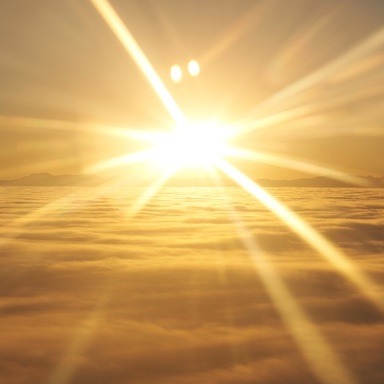It’s the Longest Day of the Year.

Although the date varies each year, in 2023 the Summer Solstice occurs at 7:57 am PST. But what exactly does that mean? The solar event, leading to the longest day of the year, is when the earth’s tilt toward the sun is at its maximum. The sun is at its highest elevation at noon and it varies very little preceding and after the event. Thus, now are the long days of summer.
Cultures around the world have been celebrating the Summer Solstice for centuries. Many see it as a spiritual time of rebirth and reenergizing. It represents a time of reflection and planning, looking back at the first half of the year and toward the remaining months before the year’s end.
Celebrations for most simply consist of enjoying the longest day of the year. Gathering with families and friends, decorating houses, spending time outdoors and even bonfires long into the night. Many people make a point of watching both the sunrise and the sunset, honoring the sun’s gift of light and energy as it begins and ends the day.
Probably one of the most important aspects of the Summer Solstice is that as the longest day of the year, it means that afterwards every day the hours of sunshine decrease. What a great reminder to get out and enjoy the outdoors before the winter solstice is upon us.
Happy summer!


















